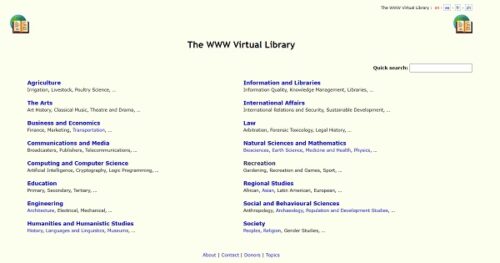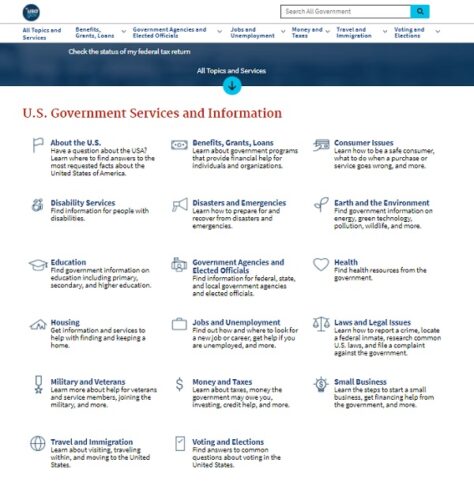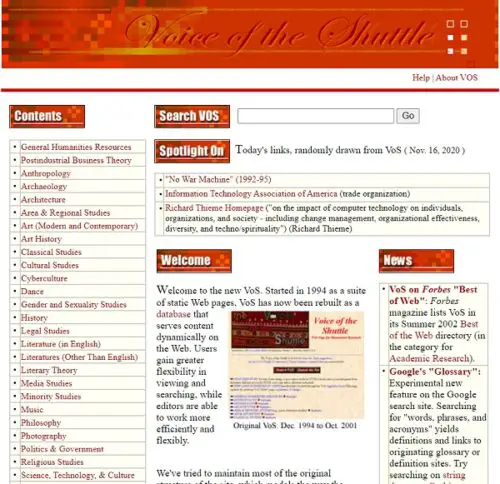Invisible Web, as the name suggests is the invisible part of the World Wide Web which either is not indexed on the search engine or is subjected to various access restrictions. The regular search engines cannot trace or track the content uploaded on the Invisible web which means not everyone can get access to it. Just in case you aren’t aware, the World Wide Web can be called the metaphor Ocean which further has different sections like Surface Web, Shallow Web, Deep Web, and Dark Web.
- Surface Web includes the normal part of the Web which we browse and it includes the set of websites indexed by the automated search engines. Search engines can index and track all the content uploaded on the Surface Web and thus it is available for everyone. All the social networking websites, online shopping, etc comes under Surface Web.
- Shallow Web is basically used by the developers and other IT people which includes the databases stored by the developers, servers, programming language, etc. It is actually the background of the webpages you and I browse.
- Dark Web and Deep Web – These two are slightly different and combinedly make the term Invisible Web. All the information and content stored or uploaded on the Dark and Deep Web are hidden and are not accessible to everyone. The Deep Web includes personal content like online banking, email inboxes, cloud storage, etc which requires some kind of authorization to access.
Whereas the Dark Web actually refers to a set of anonymously hosted websites that are not indexed by the regular search engines. There are specific web browsers and search engines to access this Invisible Web and this is what we are going to learn in this post.
Invisible Web Search Engines
1] The WWW Virtual Library
 Started by Tim Berners Lee, the creator of the World Wide Web, the WWW Virtual Library is the oldest web catalog. It is actually a wide range catalog which compiles the key links of various web pages in different categories like Agriculture, Arts, Recreation, Education, etc. This virtual library lives on hundreds of different servers worldwide. Check it here.
Started by Tim Berners Lee, the creator of the World Wide Web, the WWW Virtual Library is the oldest web catalog. It is actually a wide range catalog which compiles the key links of various web pages in different categories like Agriculture, Arts, Recreation, Education, etc. This virtual library lives on hundreds of different servers worldwide. Check it here.
1] USA.Gov
 If you are looking for any information on US government services and programs you can check the USA.Gov. The website is very simple and comes with a user-friendly interface. Just use the search box to find what you are exactly looking for. It is very well organized as per the categories. Check USA.Gov here.
If you are looking for any information on US government services and programs you can check the USA.Gov. The website is very simple and comes with a user-friendly interface. Just use the search box to find what you are exactly looking for. It is very well organized as per the categories. Check USA.Gov here.
2] Elephind
This website is one of its kind as it showcases international historical newspapers. It includes 3,866,107 Newspapers and 4,345 Newspaper titles which is huge. Most of the newspapers shown on this website are on the deep web and are not indexed on Google or other traditional search engines. You will get the newspapers from the 17th Century too. You can either use the search bar to get a specific newspaper or can go through the newspaper archives. Check Elephind here.
4] Voice of the Shuttle
Voice of the Shuttle is an excellent resource for anyone interested in Humanities. It is a beautifully and perfectly curated collection of deep web content. The collection includes a wide range of categories right from Architecture to General Humanities, Literature to Legal studies, and a lot more. It has been listed in Forbes as the best of the Web directory in the Academic research category. Check Voice of Shuttle here at vos.ucsb.edu.
TIP: Take a look at some of these Google search engine alternatives like Bing, DuckDuckGo, etc.
5] Ahmia

It is a Dark web search engine and you need to install the Tor web browser to use it. You won’t be able to open the links without the Tor browser. Ahima indexes the hidden content published on Tor. Check Ahmia here at https://ahmia.fi.
These were the five search engines to explore the Invisible Web. Do let us know if you want us to add in some more names.
Leave a Reply